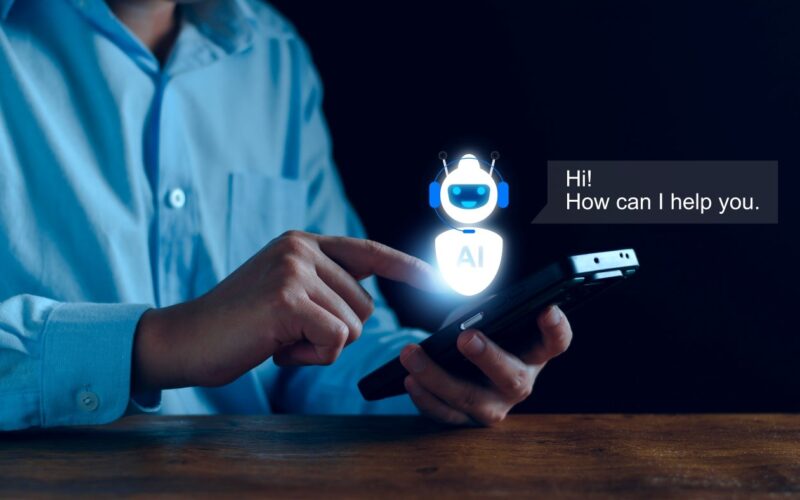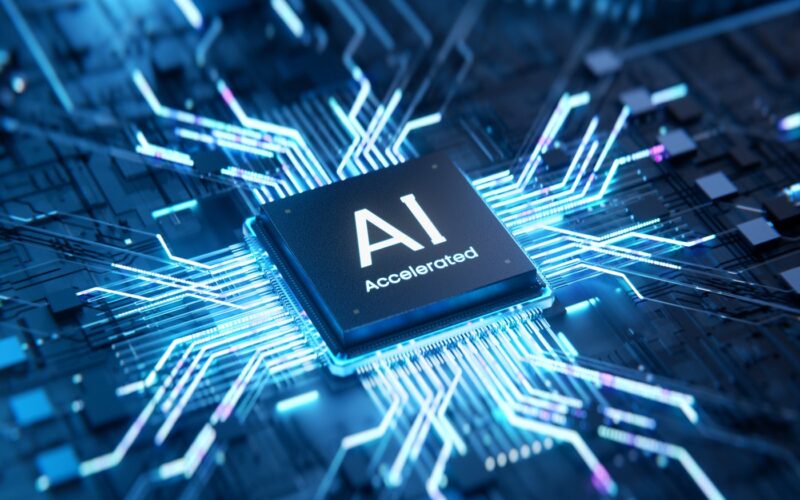01
Jun
A new field promises to usher in a new era of using machine learning and computer vision to tackle small and large-scale questions about the biology of organisms around the globe. The field of imageomics aims to help explore fundamental questions about biological processes on Earth by combining images of living organisms with computer-enabled analysis and discovery. Wei-Lun Chao, an investigator at The Ohio State University's Imageomics Institute and a distinguished assistant professor of engineering inclusive excellencein computer science and engineering at Ohio State, gave an in-depth presentation about the latest research advances in the field last month at the…




